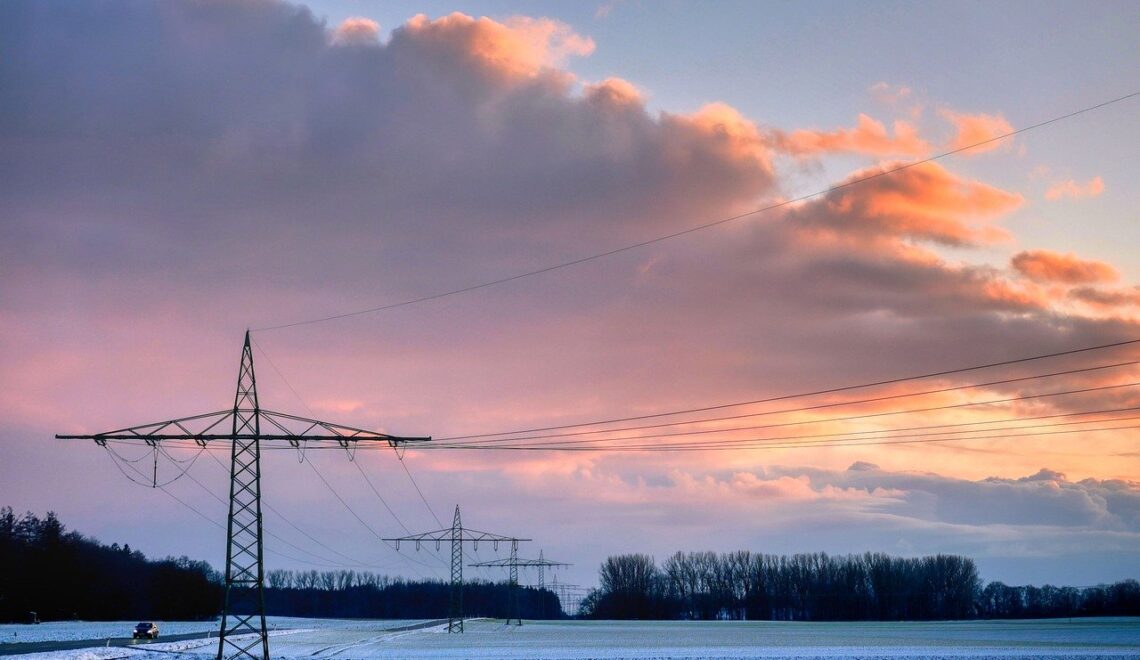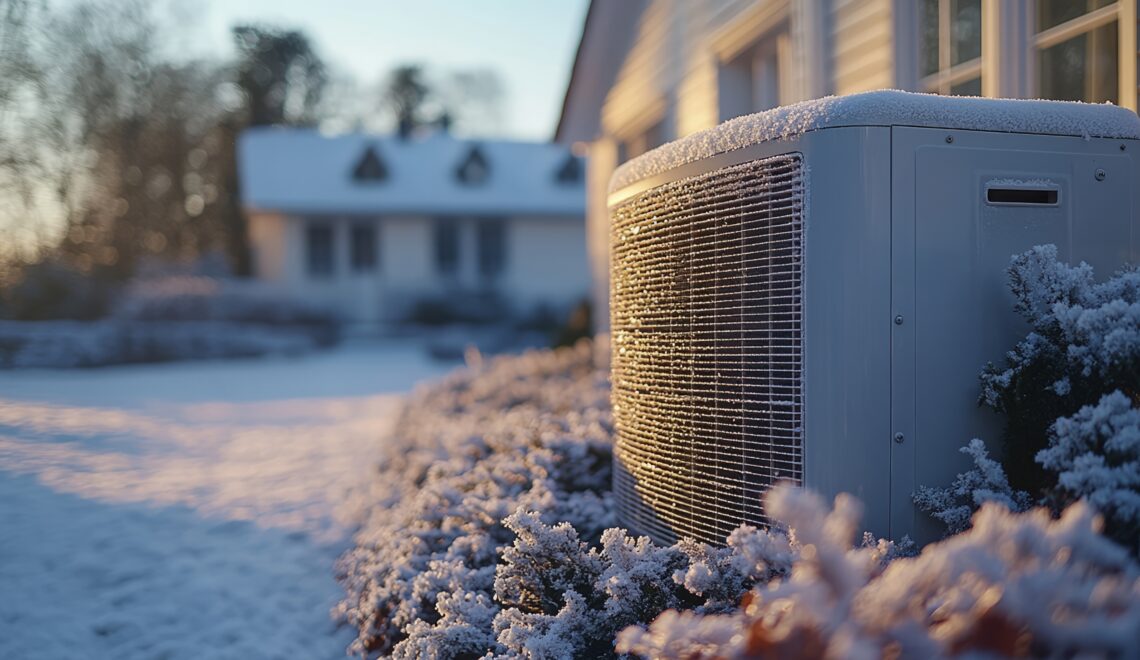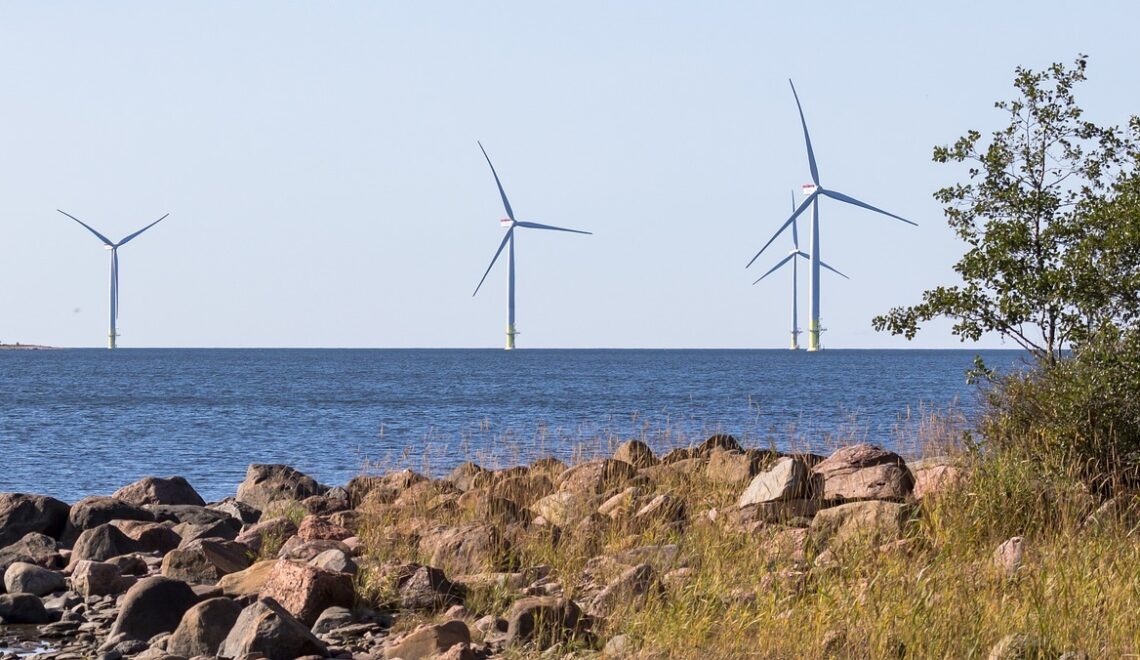The journal Poromies, a professional journal for reindeer herders published by the Reindeer Herders’ Association in Finland, mentioned climate change explicitly for the first time in 2004. Since then, the discussion on changing seasonal weather, climate risks and adaptation needs for climate change has become an everyday topic among the herders.
SIRPA RASMUS1, ILARI LEHTONEN2, JOUKO KUMPULA3, MIA LANDAUER1, ILONA METTIÄINEN1,3, JAANA SORVALI3, HEIKKI TUOMENVIRTA2, MINNA TURUNEN1
1Arctic Centre, University of Lapland
2Finnish Meteorological Institute
3Natural Resources Institute Finland
Changing climate of the reindeer management area. Weather is a key factor in the working environment of reindeer herders. Each season is characterized by particular weather-related risks which require strategic responses from the herders. Various coping strategies to deal with adverse weather and pasture conditions are largely based on traditional knowledge. The reindeer management area is almost entirely located in the rapidly warming subarctic climate zone (AMAP, 2017). Climate change, manifesting itself as long-term warming and changes in precipitation and snow conditions, is expected to have both positive and negative impacts on reindeer husbandry. For example, warmer winters can help to keep reindeers fit, but on the other hand, can also lead to an increased number of rain-on-snow events and thaw-freeze cycles causing more frequent occurrence of basal ice and icing of wet snow, which can hinder reindeers’ access to ground lichens. Climate change can also boost spreading of new zoonotic diseases or lead to vegetation shifts. Eventually, traditional knowledge and skills of reindeer herders may become insufficient. Rapidly changing climatological conditions also place new demands on the production of scientific knowledge as it may be challenging to define what constitutes “normal”, “rare” or “exceptional” weather conditions.
In Finland, the recent “Act on compensation of damages caused to reindeer husbandry” was for the first time put into action after the exceptional winter of 2019–2020. During this winter, snow cover formed early in October on unfrozen and warm ground causing mold to form on vegetation and, later in winter, icing of bottom snow on pastures (Kumpula et al., 2020). Moreover, during this winter snow cover was very thick and heavy containing several icy layers. Due to relatively cold springtime temperatures, the snow melt did not take place until late May or early June. This combination of difficult grazing and herding conditions led to severe economic burden on herders because of the necessity to intensify the supplementary feeding and due to high reindeer mortality. Similar difficulties were experienced around northern Fennoscandia. In Norway, for instance, the Red Cross and the military forces supported the transportation of supplementary feed. Worrying conditions were experienced again in 2021 when icy snow cover was formed early in winter in parts of Lapland.
Data and tools for herders and herding communities. Knowledge and learning are important components of adaptive capacity. Different knowledge sets can be used together to create new understanding of the effects of climate change on nature-based livelihoods, such as reindeer husbandry. Co-produced knowledge supports decision-making on adaptation to climate change. Nevertheless, the information provided for herding communities needs to be relevant and understandable.
Recently, Rasmus et al. (2020) put together a set of 14 climatic indices relevant for reindeer husbandry. The indices were related to temperature, precipitation and snow conditions and were based on literature on the livelihood and interviews with the herders. Three of the indices (the number of ice days, the largest daily precipitation, and the number of heavy precipitation days) belonged to the core set of extreme indices recommended by the Expert Team on Climate Change Detection and Indices (e.g., Sillmann et al., 2013). The snow-related indices were selected from a set of indices examined by Luomaranta et al. (2019), and the indices for prolonged warm and wet periods were originally defined by Peltonen-Sainio et al. (2016) for agricultural purposes. The indices were calculated from gridded climate data presented on a 10 km × 10 km grid over the period 1981–2010 (Aalto et al., 2016). Presently, we are updating this dataset by including climate data up to 2020. As the gridded climate data for Finland starts from 1961, the updated maps enable the comparison of two successive 30-year periods, 1961–1990 and 1991–2020. The latter period has been adopted as a new climatological normal period (WMO, 2017) by many national weather services throughout the world in 2021, including the Finnish Meteorological Institute. Moreover, this allows us to extend the trend analysis presented by Rasmus et al. (2020) for the 30-year period 1981–2010 to cover the whole 60-year period 1961–2020.
As an example, updated maps are presented for the annual number of hot days with daily mean temperature above 20 °C and for cold days with mean temperature below -25 °C. For the number of hot days, there has been no statistically significant change between the 30-year periods within the reindeer management area (Fig. 1). The number of cold days, by contrast, has decreased substantially between the two time periods throughout the area, and the decreasing trend over the 60-year period 1961–2020 is statistically significant in large areas, particularly in the north (Fig. 2).
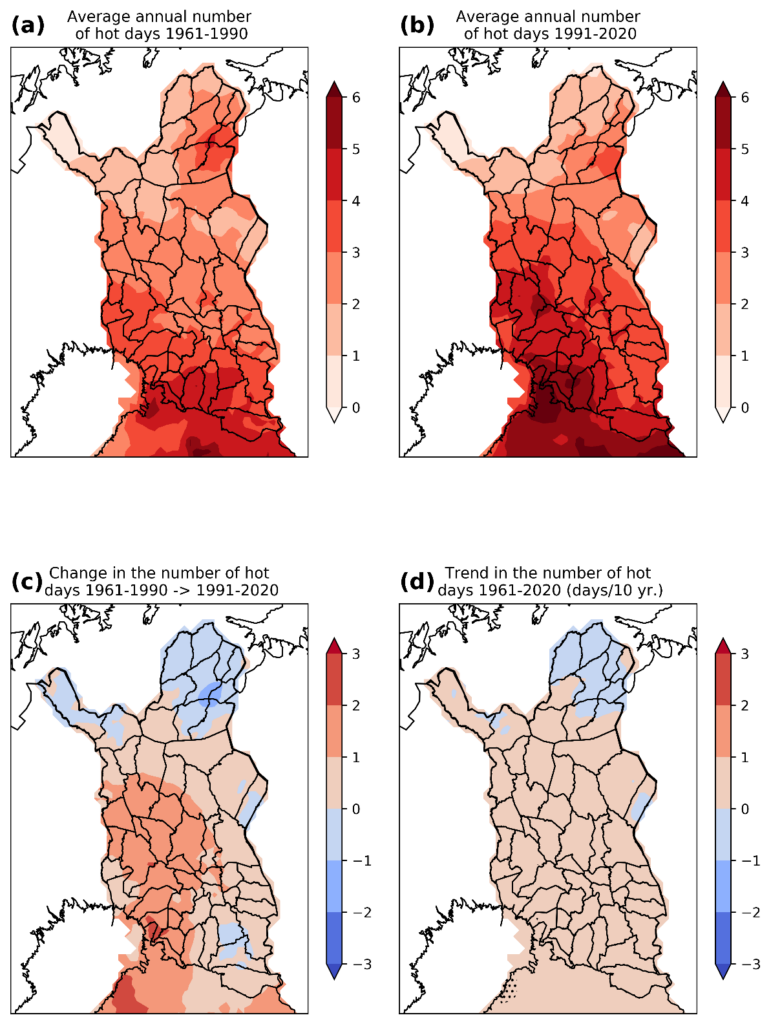
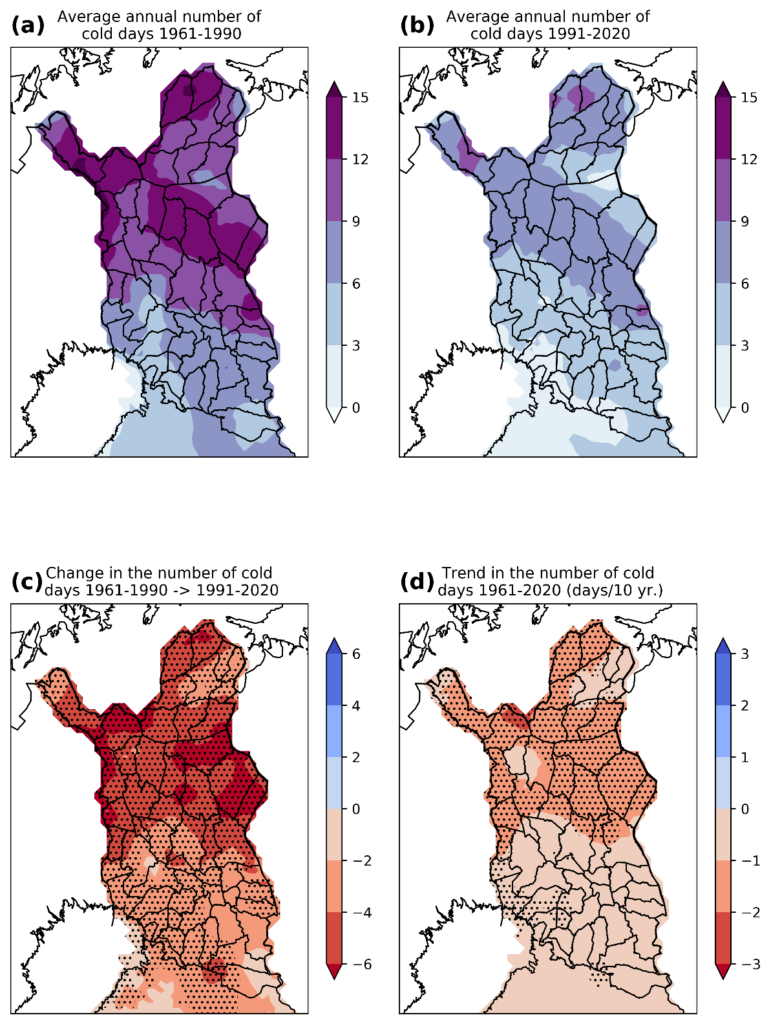
Gridded meteorological data are objective and have full spatial coverage on the area. However, fine-scale environmental variability may cause errors and uncertainties into the interpolation of climate data. Moreover, changes in the observation network during the interpolation period may introduce local artificial trends. Still, the maps constitute an easy starting point for discussions with local practitioners, and high spatial resolution enables bringing the data to the scale of the herders’ experiences which are very much local in nature.
Data and tools for adaptation planning and decision makers. In Finland, national adaptation to climate change is guided by The National Climate Change Adaptation Plan 2022 (Ministry of Agriculture and Forestry, 2014). Reindeer husbandry does not have a common adaptation plan, although a need for this has been acknowledged. Suggested adaptation actions consist of, for example, maintaining the uniformity and diversity of the pasture areas, improving reindeer health, and limiting the expansion of invasive alien species.
Adaptation actions are part of daily work in herding communities, indicating that adaptation actions need to be acceptable and actionable by herders. The legislation, governmental subsidy and compensation policies regarding adaptation measures have significant roles, as well as education and guidance of the livelihood. In local herding communities, deliberate planning of adaptation is rare. To mitigate the adverse effects of climate change in the long term, political support is needed for planned adaptation.
The Ministry of Agriculture and Forestry is presently chairing a multi-stakeholder working group called “Future of reindeer husbandry in Finland”. Discussions on the adaptation to changing climate are an important part of that work. Experiences, views, and expectations of herders are being gathered in several research projects. One important element in adaptation is data consisting of reliable and relevant information about experienced and expected changes in climate. Providing relevant data requires further discussions with herders: how to define a good and bad herding season, what are the critical seasons, what are the indices to be calculated from the observations or looked for in the climate scenario output?
In addition to knowledge and discussions within the livelihood, adaptation also requires collaboration and dialogue with other land-users within the reindeer management area. In practice, actions of other land-users and climate change mitigation, for example in the form of mines and wind parks, may cause additional burdens on herding communities. Further modifications in pasture use and herding practices may be needed. Adaptation may be necessary, but also mean cultural changes and losses, both to Sámi and Finnish herders and herding communities.
Acknowledgements: The study contributes to the CLIMINI project (project number A75777) funded by the European Union’s European Regional Development Fund. We also warmly thank several reindeer herders for valuable discussions and co-developing the material presented here.
References
Aalto, J., P. Pirinen, and K. Jylhä, 2016: New gridded daily climatology of Finland: Permutation-based uncertainty estimates and temporal trends in climate. J. Geophys. Res. Atmos., 121, 3807–3823, https://doi.org/10.1002/2015JD024651.
Arctic Monitoring and Assessment Programme (AMAP), 2017: Adaptation Actions for a Changing Arctic – Perspectives from the Barents Area, xiv + 267 pp, https://www.amap.no/documents/doc/adaptation-actions-for-a-changing-arctic-perspectives-from-the-barents-area/1604.
Kumpula, J., M. Jokinen, J. Siitari, and S. Siitari, 2020: Talven 2019–2020 sää-, lumi- ja luonnonolosuhteiden poikkeuksellisuus ja vaikutukset poronhoitoon [in Finnish]. Luonnonvara- ja biotalouden tutkimus, 58/2020, 57 pp, http://urn.fi/URN:ISBN:978-952-380-023-6.
Luomaranta, A., J. Aalto, and K. Jylhä, 2019: Snow cover trends in Finland over 1961–2014 based on gridded snow depth observations. Int. J. Climatol., 39, 3147–3159, https://doi.org/10.1002/joc.6007.
Ministry of Agriculture and Forestry, 2014: Finland’s National Climate Change Adaptation Plan 2022, 41 pp, https://mmm.fi/en/national-climate-change-adaptation-plan.
Peltonen-Sainio, P., and Coauthors, 2016: Harmfulness of weather events and adaptive capacity of farmers at high latitudes of Europe. Clim. Res., 67, 221–240, https://doi.org/10.3354/cr01378.
Rasmus, S., M. Turunen, A. Luomaranta, S. Kivinen, K. Jylhä, and J. Räihä, 2020: Climate change and reindeer management in Finland: Co-analysis of practitioner knowledge and meteorological data for better adaptation. Sci. Total Environ., 710, 136229, https://doi.org/10.1016/j.scitotenv.2019.136229.
Sillmann, J., V. V. Kharin, X. Zhang, F. W. Zwiers, and D. Bronaugh, 2013: Climate extremes indices in the CMIP5 multimodel ensemble: Part 1. Model evaluation in the present climate. J. Geophys. Res. Atmos., 118, 1716–1733, https://doi.org/10.1002/jgrd.50203.
World Meteorological Organization (WMO), 2017: WMO Guidelines on the Calculation of Climate Normals. 19 pp, https://library.wmo.int/index.php?lvl=notice_display&id=20130#.YrBICzlBy-Y.
HOW TO CITE THIS ARTICLE:
Rasmus S., I. Lehtonen, J. Kumpula, M. Landauer, I. Mettiäinen, J. Sorvali, H. Tuomenvirta, and M. Turunen, 2022: Climate data supports the adaptation of reindeer husbandry to climate change in Finland, FMI’s Clim. Bull. Res. Lett., 4(2), 32–34, https://doi.org/10.35614/ISSN-2341-6408-IK-2022-10-RL
CITATION INFORMATION:
Authors: Sirpa Rasmus, Ilari Lehtonen, Jouko Kumpula, Mia Landauer, Ilona Mettiäinen, Jaana Sorvali, Heikki Tuomenvirta, Minna Turunen
Received: February 1, 2022
Accepted: June 3, 2022
First online: June 30, 2022
Published: December 20, 2022
Journal: FMI’s Climate Bulletin Research Letters
Volume: 4
Issue: 2
Pages: 32–34
DOI: https://doi.org/10.35614/ISSN-2341-6408-IK-2022-10-RL
Header image: Наталья Коллегова Pixabay

